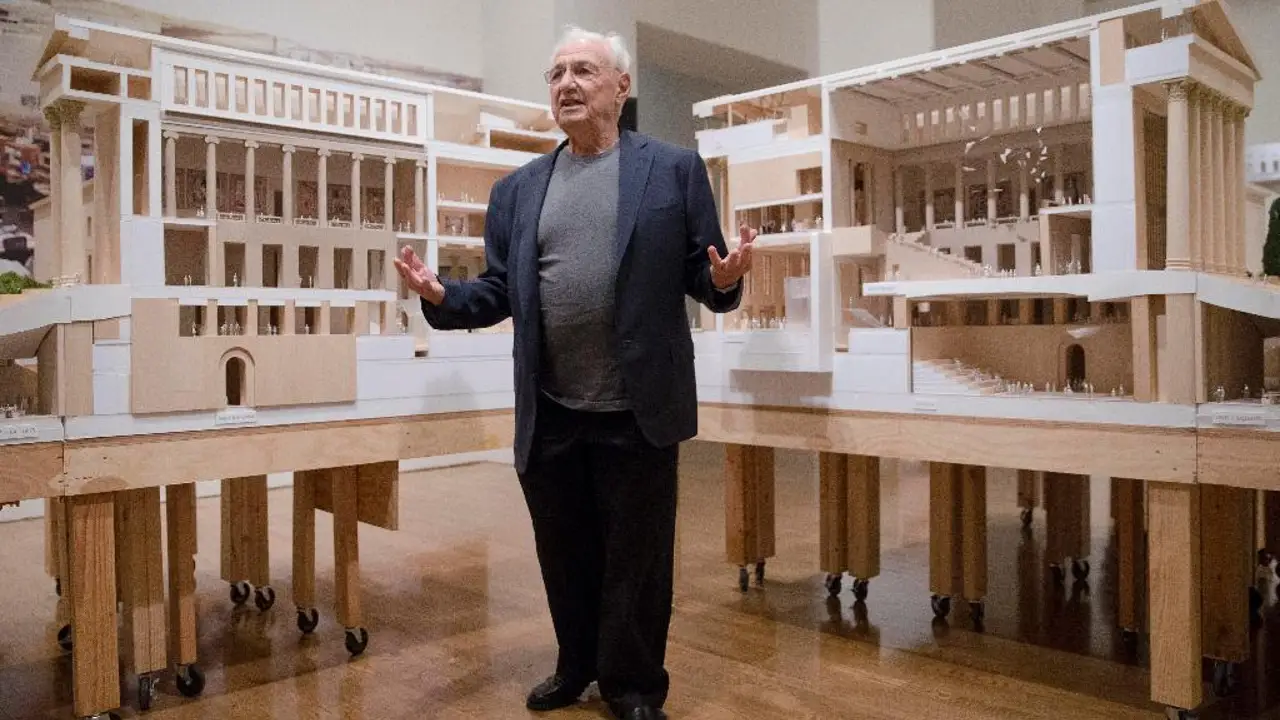Frank Gehry never cared much for the polite rules of architecture. While others drafted neat grids and sensible boxes, he gleefully smashed both — then rebuilt them into shimmering titanium cathedrals that looked like they’d been whispered into existence by a fever dream. His buildings tilt, twist, ripple, and bend with the swagger of a rockstar refusing to stay on script. Love him or not, Gehry didn’t merely transform skylines; he rewired our expectations. Today, the question isn’t why his buildings look the way they do — it’s how the rest of architecture ever dared to look so boring.
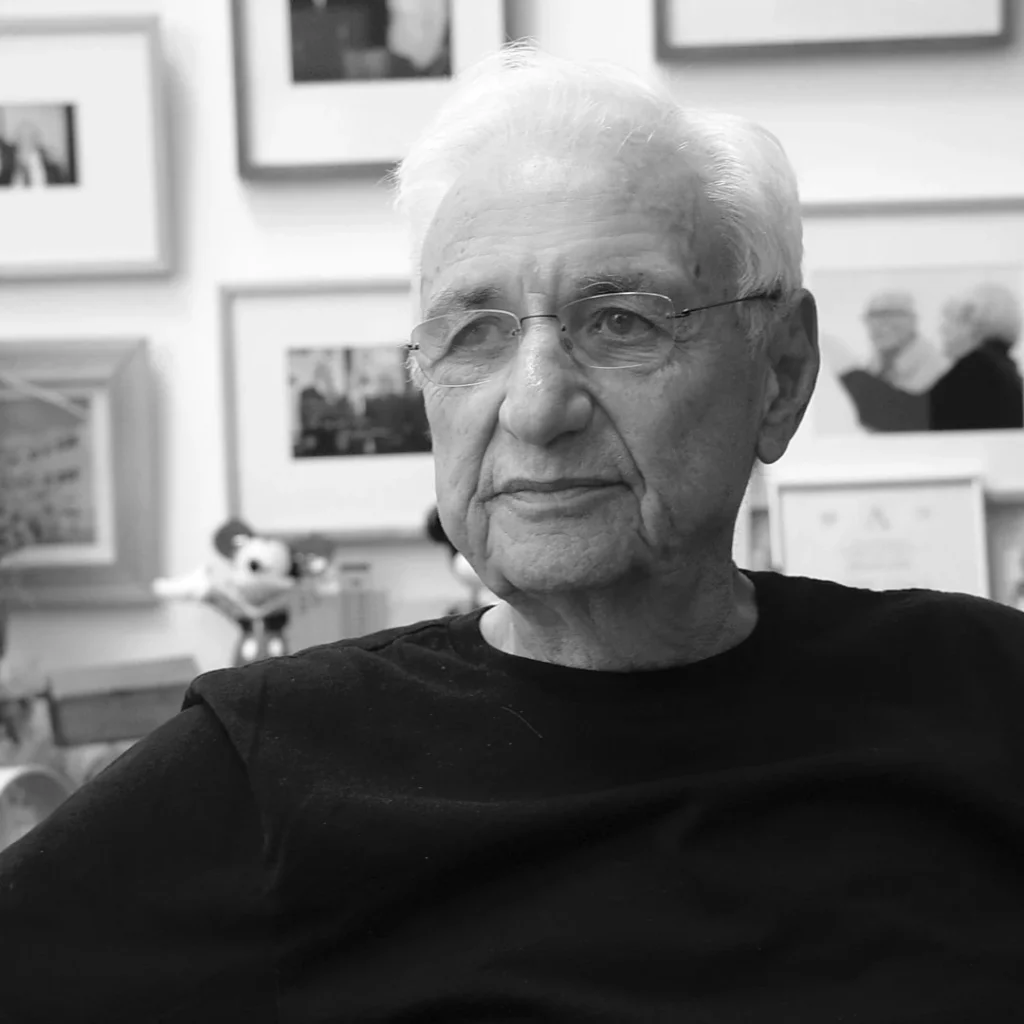
A Childhood Of Cardboard, Scraps, And Imagination
Frank Owen Goldberg — long before he became Frank Gehry — grew up in a modest Jewish household in Toronto. His first architectural “studio” was a kitchen table where he played with scraps of wood, cardboard, and leftover materials from his grandmother’s hardware store. Those early experiments weren’t about beauty; they were about curiosity. What bends? What breaks? What transforms when you push it just a bit too far?
When his family moved to Los Angeles in the late 1940s, Gehry found himself in a city where the horizon felt wider and the rules looser. It was the perfect setting for a mind that already refused to stay inside the lines.
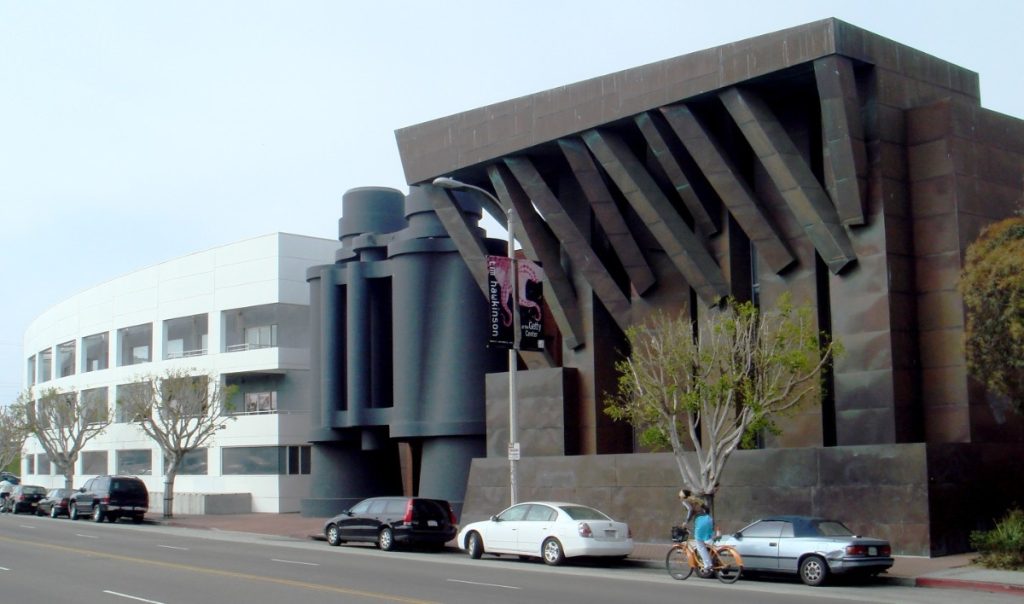
Breaking The Box: The Birth Of Deconstructivism
Gehry never set out to create a movement, but movements have a way of emerging from people determined to break things. In the 1980s and early 90s, his work became associated with deconstructivism, a term that makes philosophers happy and architects nervous. In simple English: Gehry took traditional architecture, deformed it, peeled back its layers, exposed its guts, and made the mess beautiful.
His own house in Santa Monica — a remodel that wrapped a plain suburban home in corrugated metal and chain-link fencing — horrified neighbors and electrified the architecture world. It was the architectural equivalent of ripping a hole in your shirt just to prove it still works. More importantly, it foreshadowed a new era where buildings didn’t have to be polite; they could be expressive, aggressive, emotional.

The Guggenheim Bilbao: A Building That Became A Global Event
When Gehry unveiled the Guggenheim Museum Bilbao in 1997, critics and admirers alike were left blinking, unsure whether they were looking at a building or a hallucination. The structure’s titanium skin shimmered like a fish in sunlight, its shapes swelling and collapsing in impossible rhythms.
But what happened next was even more remarkable: Bilbao, a struggling industrial town, became a global destination overnight. Economists would later call it the “Bilbao Effect” — the idea that a single work of bold architecture could revive an entire city. Very few architects can claim to have changed the fate of a community with one building. Gehry did it with a sculpture the size of a cathedral.
From Walt Disney Concert Hall To The Dancing House
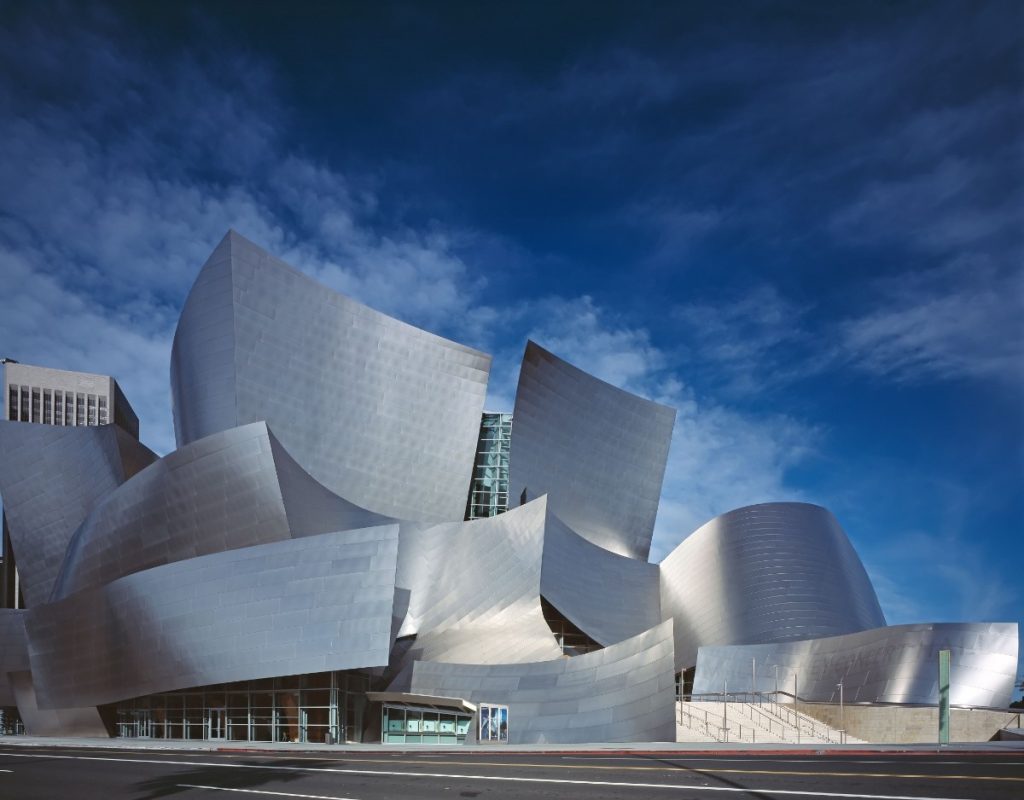
Gehry’s landmarks are scattered across continents, each carrying its own personality. In Los Angeles, the Walt Disney Concert Hall unfurls like a steel flower, catching sunlight in a way that makes it look alive. Inside, warm Douglas fir curves around the stage like the hull of a ship — intimate, protective, and acoustically impeccable.
In Prague, the Dancing House, co-designed with Vlado Milunić, leans and sways as if caught mid-tango. In Paris, the Fondation Louis Vuitton resembles a sailboat made of glass and dreams. In Seattle, the Museum of Pop Culture undulates like melted guitar riffs. Each project is both a building and a performance, a statement that architecture can be as emotional as music and as unpredictable as abstract art.
Engineering The Impossible
Behind the drama of Gehry’s designs lies an underappreciated truth: his buildings work because the engineering behind them is astonishing. To turn his fluid sketches into reality, Gehry famously used CATIA, a software originally developed for designing fighter jets. This allowed him to model curves, folds, and forms that traditional drafting could never capture.
The result? Buildings once declared unbuildable became tangible, functional, structurally sound works of art. Gehry didn’t just redefine aesthetics — he expanded the technological toolbox of the entire industry.
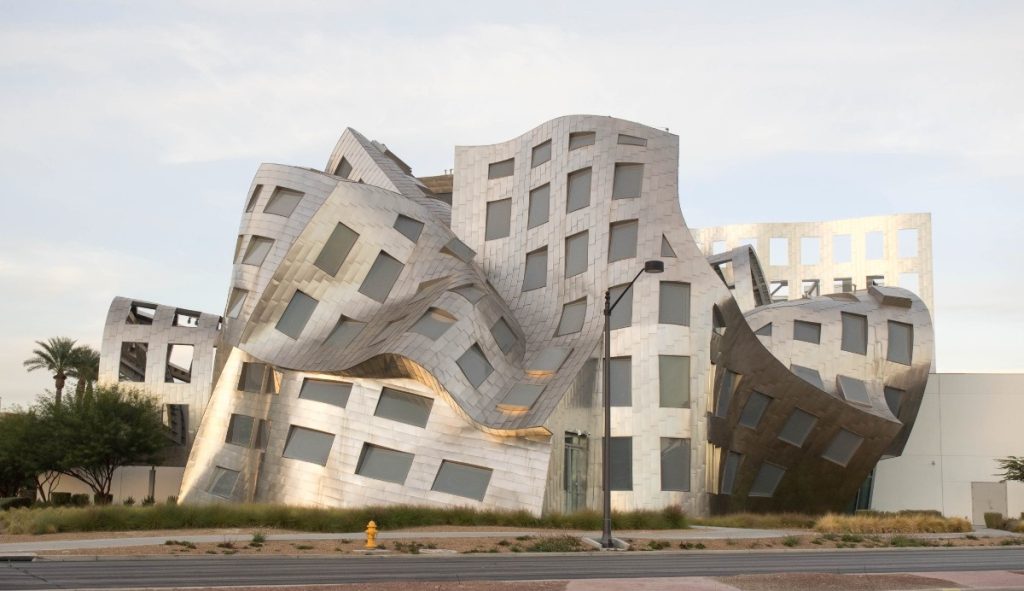
Legacy Of A Visionary Who Bent Reality
Frank Gehry’s true legacy isn’t just the buildings he created — it’s the permission he gave the world to imagine boldly. He proved that architecture can be sculpture, that cities can be canvases, and that innovation begins the moment you stop trying to please everyone.
In bending steel, he bent expectations. In twisting forms, he twisted the narrative of modern design. And in refusing to fit into any box, he broke the biggest one of all: the idea that buildings must behave.
